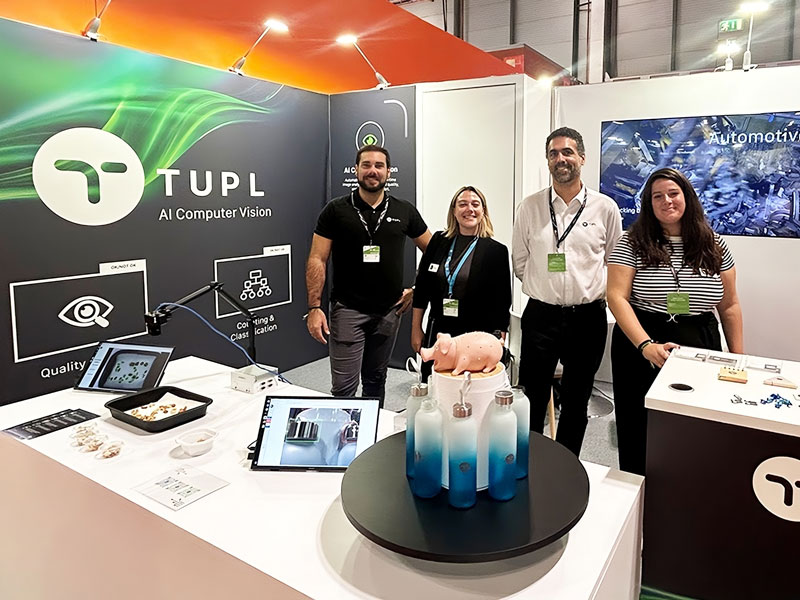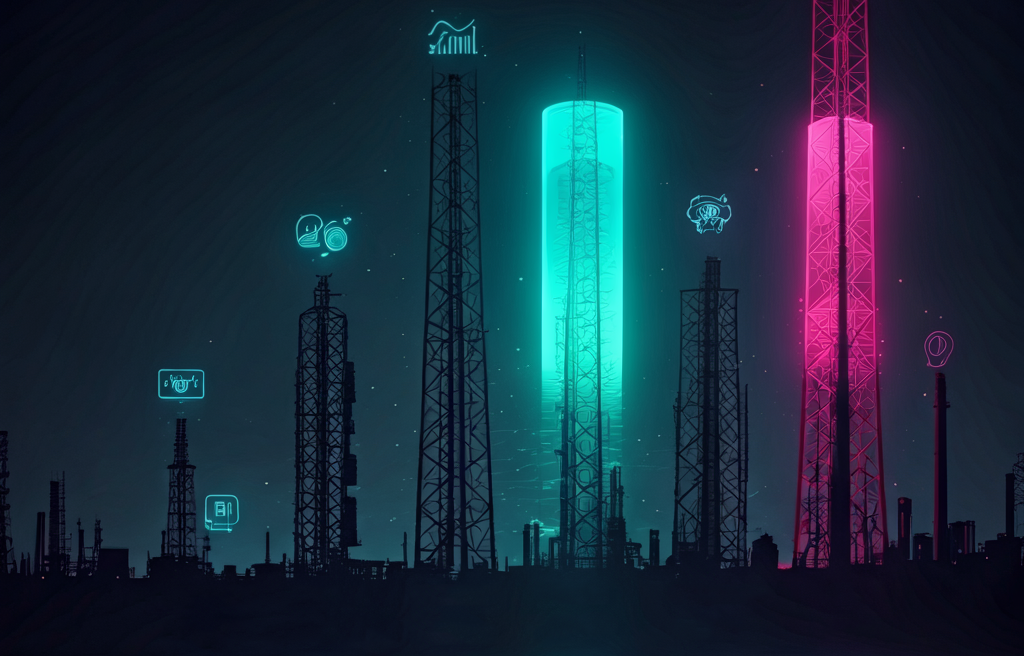Introduction
In the agri-food industry, particularly in the commercialization of nut mixes, it is essential to ensure that each product unit contains the correct percentage of each variety (almonds, walnuts, hazelnuts, etc.). When performed manually, this quality control process presents significant limitations in terms of accuracy, efficiency, and traceability.
Limitations of Manual Inspection
Manual visual counting and classification by operators involves:
- High inspection time per unit (between 10 and 15 minutes per tray).
- Variability in accuracy, depending on operator fatigue and experience.
- Limited scalability in high-volume production lines.
- Risk of incorrect mixes, potentially leading to customer complaints and financial losses.
System Architecture
To address these limitations, a system based on computer vision and artificial intelligence has been developed, capable of performing real-time counting and classification. The system consists of the following components:
1. Capture Unit
- Camera with support: captures high-resolution images of the nut tray.
- Jetson: edge computing device that enables local image processing and real-time AI model execution.
2. Network Infrastructure
- Switch: manages connectivity between capture, processing, and visualization devices, ensuring stable and efficient communication.
3. Processing Platform: Tupl
- Specialized software for computer vision.
- Supervised learning-based model training.
- Ability to detect and count multiple object classes within a single image.
- Visual interface for result display, metrics, and data export.
Operational Workflow
The process begins with image capture of the nut tray. The image is processed locally by the Jetson and sent to the Tupl platform, where a pre-trained model is applied to:
- Detect each nut unit
- Classify it by type
- Count the number of units per class
- Compare the percentages against expected values
The result is displayed on screen within seconds, enabling immediate validation of the batch before packaging.
Technical Advantages
- Drastic reduction in inspection time (from 10–15 minutes to real-time inspection).
- Accuracy above 90% in controlled environments.
- Scalability for different mix types and production volumes.
- Simple integration into existing production lines.
- Digital traceability generation for audits and quality control.
Conclusion
Implementing computer vision and AI systems for nut counting and classification represents a significant improvement in efficiency, accuracy, and control. These solutions enable agri-food companies to move toward more automated, traceable, and competitive production processes.
FAQs
What types of nuts can the system detect?
What is the system’s accuracy in real-world environments?
In controlled conditions, accuracy exceeds 90%. In real-world settings, it may vary slightly depending on lighting, image quality, and product variability.
Can the system be integrated into existing production lines?
What hardware is required to operate the system?
Explore this content with AI:
Table of Contents
Share this post



